E-commerce Growth
The rapid expansion of e-commerce is a significant driver for the Fiber Based Packaging Market. As online shopping continues to gain traction, the demand for efficient and protective packaging solutions has surged. Fiber based packaging offers an ideal solution, providing durability and sustainability for shipping products. The e-commerce sector is projected to grow at a rate of 15% annually, further fueling the need for innovative packaging solutions. Companies are increasingly adopting fiber based materials to ensure that products arrive safely and in an environmentally friendly manner. This trend not only supports the growth of the fiber based packaging market but also aligns with consumer expectations for sustainable practices in the e-commerce landscape.
Consumer Preferences
Shifting consumer preferences significantly influence the Fiber Based Packaging Market. As awareness of environmental issues grows, consumers are increasingly favoring products that utilize sustainable packaging. Research indicates that approximately 70% of consumers are willing to pay a premium for products packaged in eco-friendly materials. This trend is prompting manufacturers to transition from traditional plastic packaging to fiber based alternatives. The demand for fiber based packaging is expected to rise, with projections suggesting a market value of USD 300 billion by 2026. Companies that adapt to these changing preferences are likely to enhance customer loyalty and drive sales, thereby reinforcing the importance of fiber based packaging in their product offerings.
Regulatory Frameworks
Regulatory frameworks are becoming increasingly stringent, thereby driving the Fiber Based Packaging Market. Governments worldwide are implementing policies aimed at reducing plastic usage and promoting sustainable packaging solutions. For example, several countries have introduced bans on single-use plastics, compelling businesses to seek alternatives such as fiber based packaging. This regulatory push is expected to create a favorable environment for the growth of the fiber based packaging market, with an anticipated increase in market size to USD 400 billion by 2025. Compliance with these regulations not only mitigates legal risks but also enhances corporate reputation, making fiber based packaging a strategic choice for many companies.
Technological Innovations
Technological advancements play a crucial role in shaping the Fiber Based Packaging Market. Innovations in materials science have led to the development of stronger, lighter, and more versatile fiber based packaging solutions. For instance, the introduction of nanotechnology in fiber processing has enhanced barrier properties, making these materials suitable for a wider range of applications. The market is expected to witness a compound annual growth rate of 4.5% through 2028, driven by these technological improvements. Furthermore, automation in production processes has increased efficiency and reduced costs, allowing manufacturers to meet rising consumer demands while maintaining quality. This continuous evolution in technology is likely to propel the fiber based packaging sector forward.
Sustainability Initiatives
The increasing emphasis on sustainability is a pivotal driver for the Fiber Based Packaging Market. As consumers become more environmentally conscious, companies are compelled to adopt eco-friendly packaging solutions. Fiber based packaging, being biodegradable and recyclable, aligns with these sustainability goals. In fact, the market for sustainable packaging is projected to reach USD 500 billion by 2027, indicating a robust demand for fiber based options. This shift not only enhances brand image but also meets regulatory requirements aimed at reducing plastic waste. Consequently, businesses that invest in fiber based packaging are likely to gain a competitive edge, appealing to a growing demographic that prioritizes environmental responsibility.


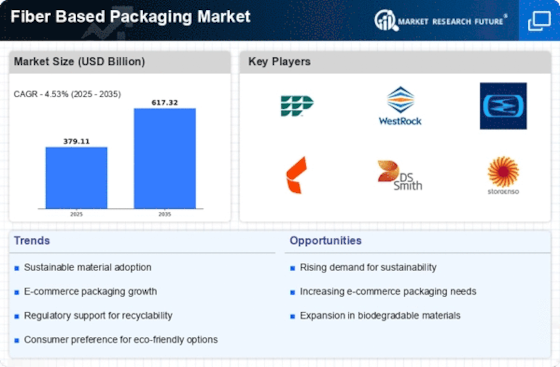
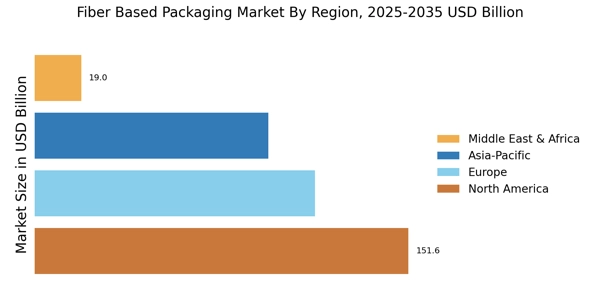
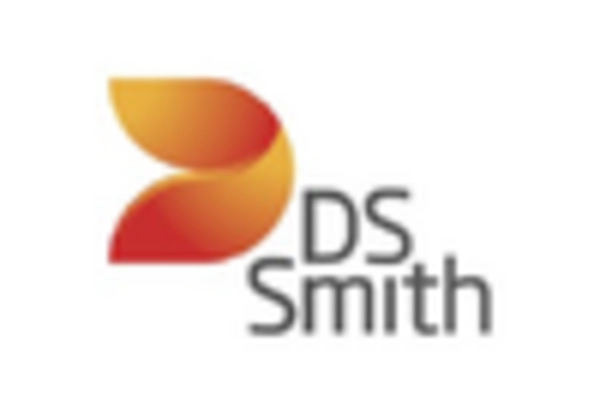
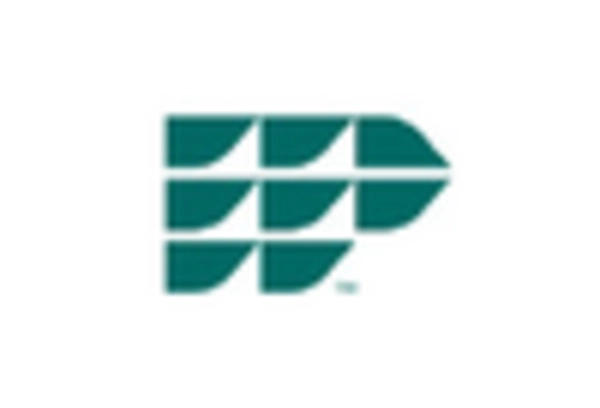

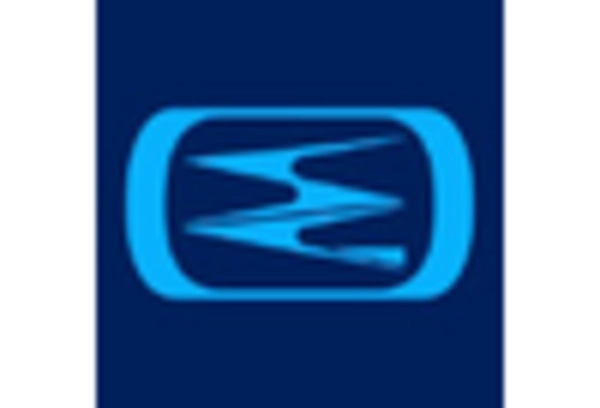
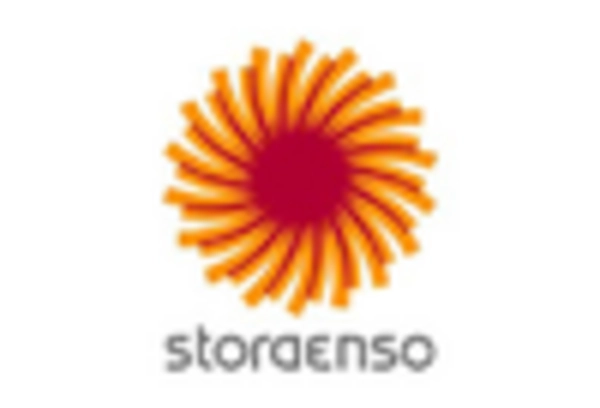
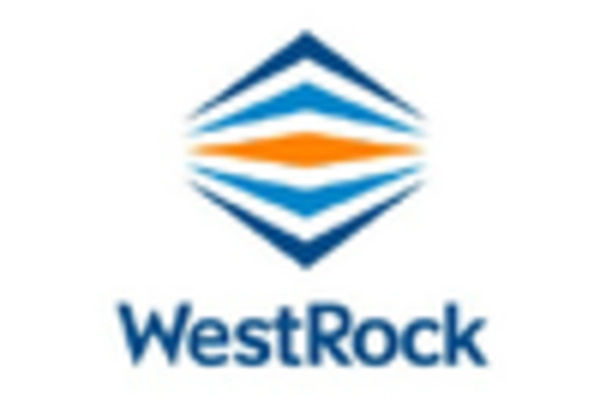








Leave a Comment